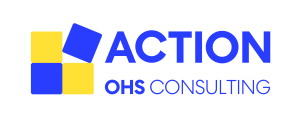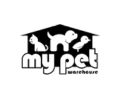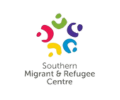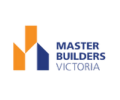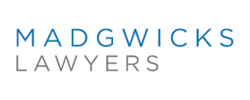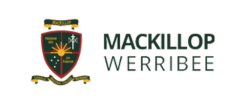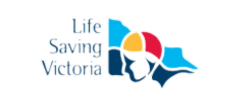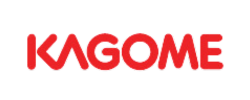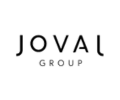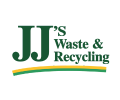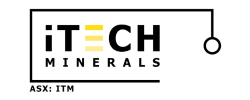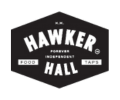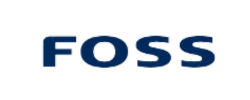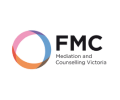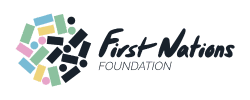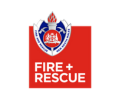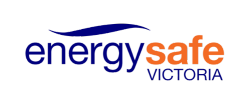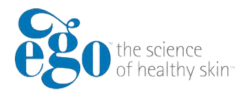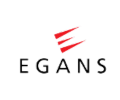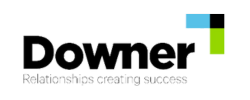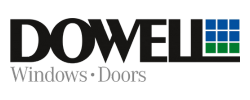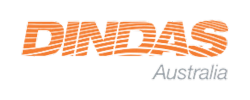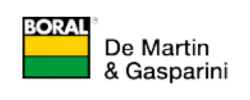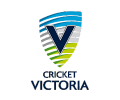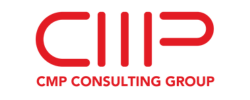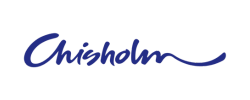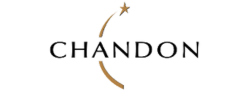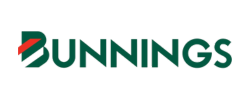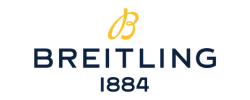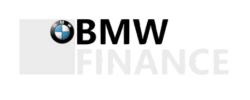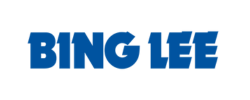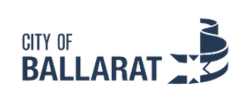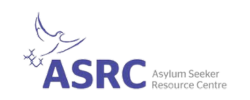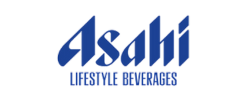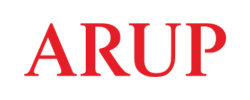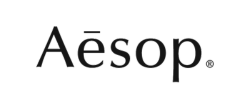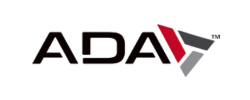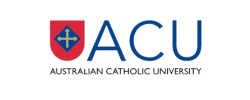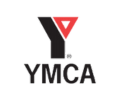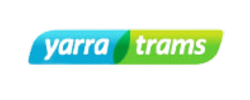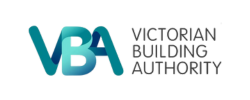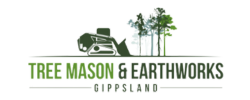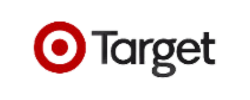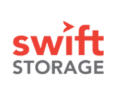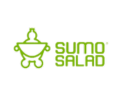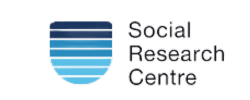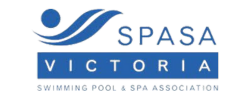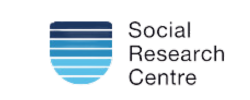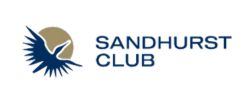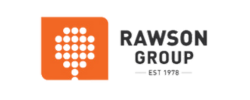Noise Monitoring, Dust Monitoring & Occupational Hygiene
Protect your team with expert occupational hygiene monitoring and management.
Our specialised occupational hygiene monitoring services, focusing on noise and dust, ensure that your organisation complies with state and Australian legislation and creates a safer environment for your most valuable assets—your employees. We understand the importance of regular and tailored monitoring solutions in a world where industrial-level noise, dust and other hazards can seriously affect health. We’re committed to partnering closely with you to deliver methodologies that meet the specific needs of your operations.
We’re proactive towards protecting workers from hazards using science and technology fostering a Zero Harm approach.
Our goal is to help you achieve a workplace where the health and safety risks associated with occupational hygiene (noise, dust and other hazards) are effectively managed. That’s why we recommend monitoring at a minimum of every two to five years, recognising that changes in equipment, processes, or workplace setups can alter exposure levels.
It is critical for some substances, like crystalline silica, there is a legislative requirement to monitor more regularly depending on the risk profile of the workplace
Our noise & dust monitoring service
Noise & Dust Service inclusion
Our Noise Monitoring and Dust Monitoring services include:
- Establishing a noise monitoring and/or dust monitoring scope of work specific to your needs.
- Undertaking noise exposure monitoring (AS 1269.1:2005).
- Undertaking inhalable dust (AS 3640:2009) and respirable dust (AS 2985:2009) exposure monitoring.
- Undertaking respirable crystalline silica (RCS) or quartz exposure monitoring.
- Reviewing hearing and dust management programs.
- Establishing the requirements of personal hearing protection.
- Undertaking noise awareness training for workers and management.
Industries we covert
Whether you’re overseeing safety protocols in construction, manufacturing, or mining, our services are designed to address the loud demands of any industrial setting.
Safety Managers now have a reliable partner in Action OHS Consulting to protect their teams and ensure ongoing compliance with health and safety regulations.
Why choose us
We provide comprehensive workplace exposure monitoring solutions tailored to meet your specific needs. Our specialised monitoring services offer both the expertise and the assurance needed to help you meet regulatory standards and protect your team.
- Tailored compliant solution - Our experts guide you through the Workplace Exposure Standardss (WES) / Occupational Exposure Limits (OELs) / Threshold Limit Values (TLVs), creating effective management plans that align with these standards and your unique workplace requirements.
- Comprehensive reporting - Our extensive reports document the methodology used and findings from the monitoring, ensuring clear communication and effective documentation of recommendations in accordance with the guidance provided by the Australian Institute of Occupational Hygienists (AIOH).
- Assurance and quality assured - Experience confidence in your compliance efforts with our use of NATA-accredited laboratories and adherence to Australian Standards in every service we provide.
In NSW, we’re licenced by the resources regulator to undertake airborne dust sampling. Sampling under the Work Health and Safety (Mines and Petroleum Sites) Regulation 2022 (Licence No. MLA 0018492)
Work with an expert
Partner with Action OHS Consulting for a safer, more resilient, and productive workplace.
Connect with our team today.
Begin your journey toward a proactive safety management culture.
Complete the form below to connect with our team of safety experts.
Your duty of care & compliance
State and federal legislation outlines Workplace exposure standards / Occupational Exposure Limits (OELs) / Threshold Limit Values (TLVs) for many hazardous substances, including welding fumes, inhalable and respirable dust, along with levels of hazardous noise. Employers, regardless of industry, are responsible for implementing health control management plans to address occupational hygiene.
Noise and dust monitoring exposure limits are consistent across all jurisdictions in Australia.
Noise exposure limits have been adopted within the Health and Safety Legislation.
Noise Monitoring:
It is legislated across all State jurisdictions in Australia that hearing protection is to be provided if:
- The eight-hour equivalent continuous A-weighted sound pressure level is not less than 85 dB(A).
- A worker’s exposure to peak noise level reaches 140 dB(C).
Dust Monitoring:
Safe Work Australia, in its Workplace Exposure Standards Airborne Contaminants, outlines the exposure limits.
However, the exposure limits vary depending on the dust type, source and composition.
